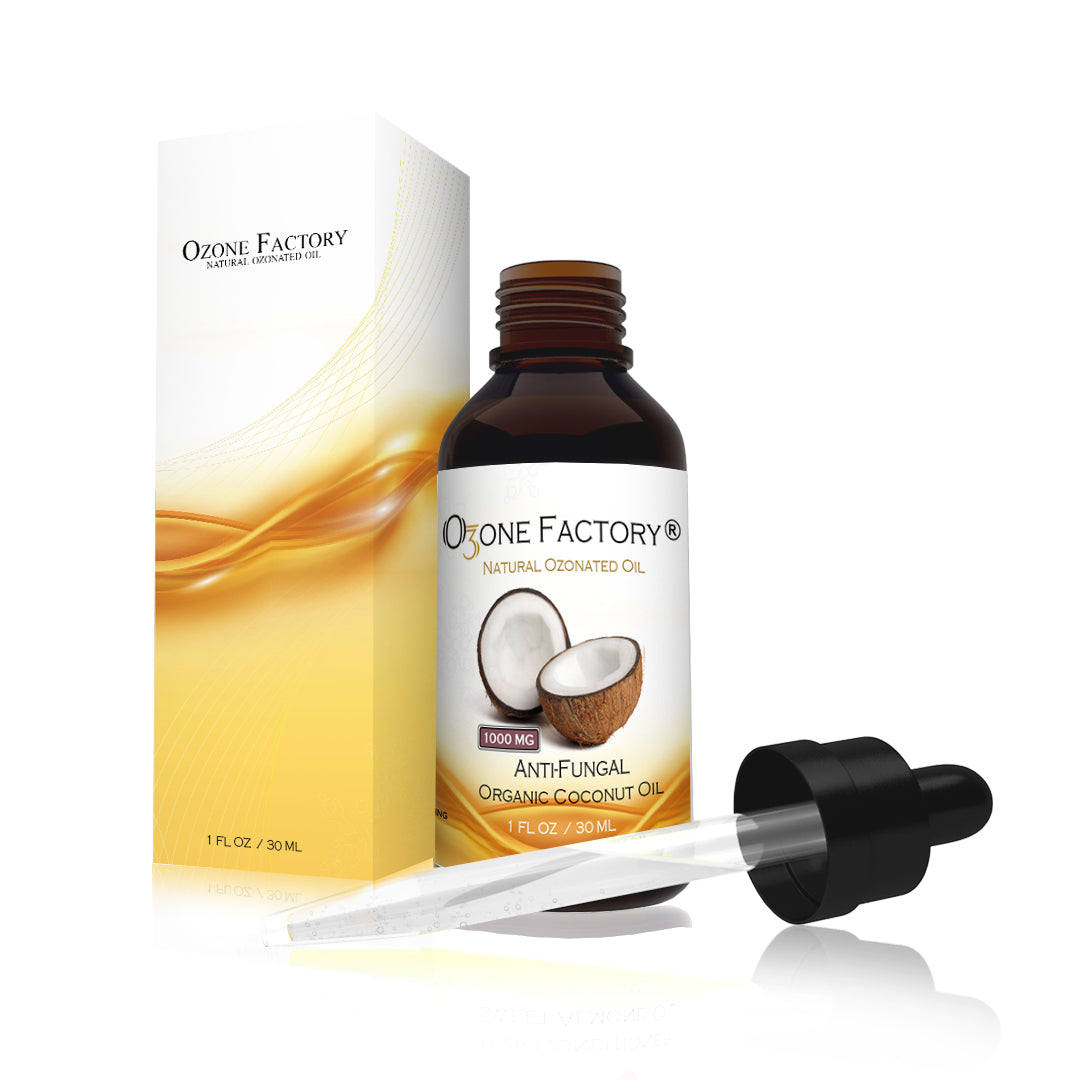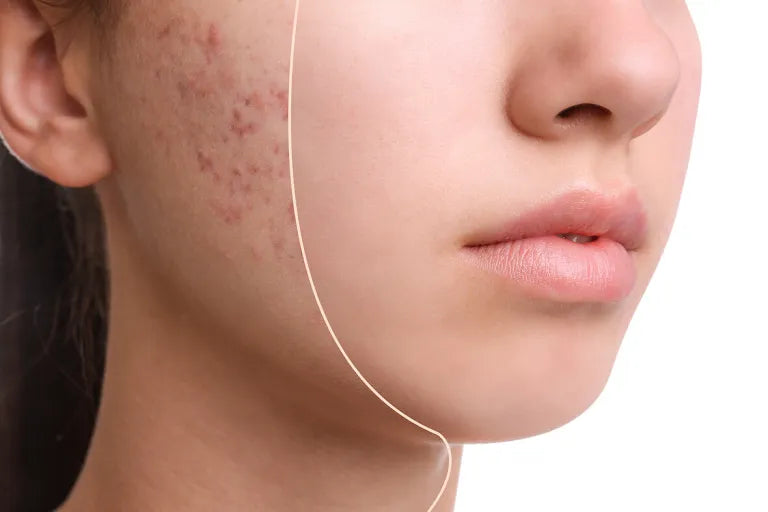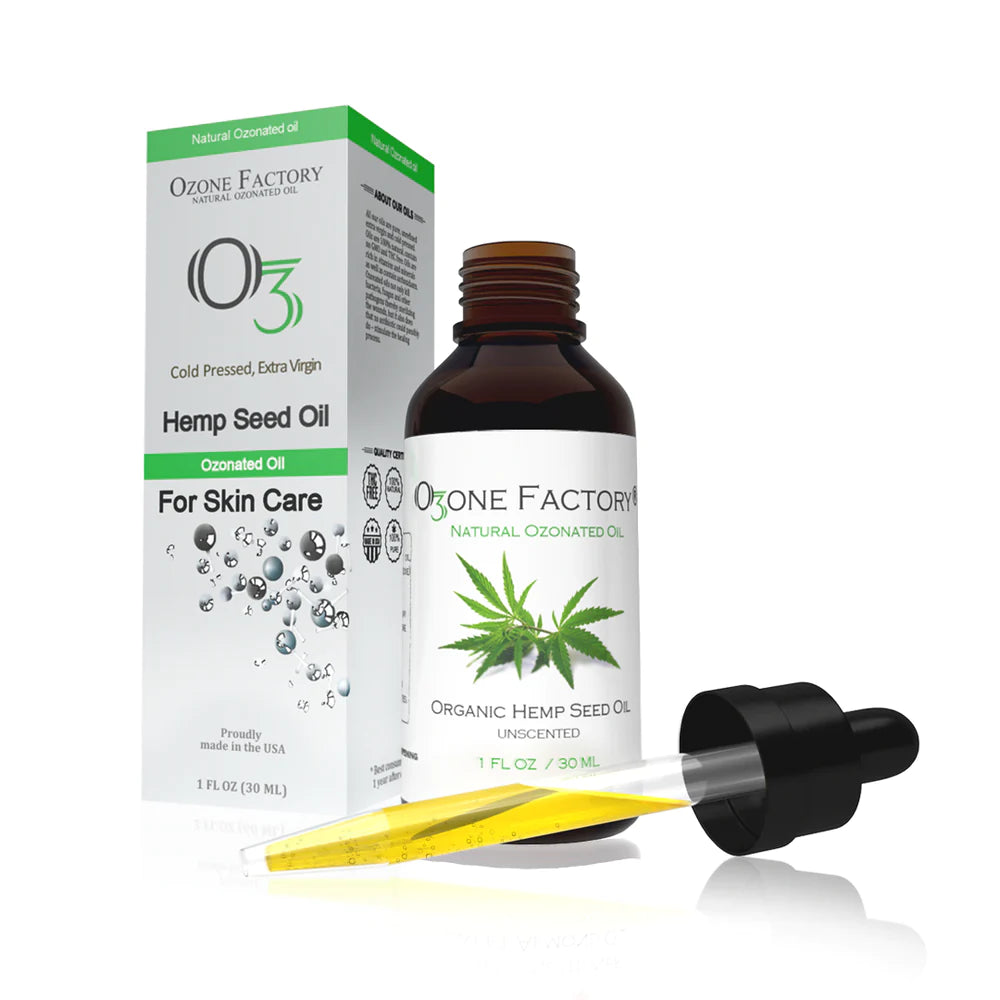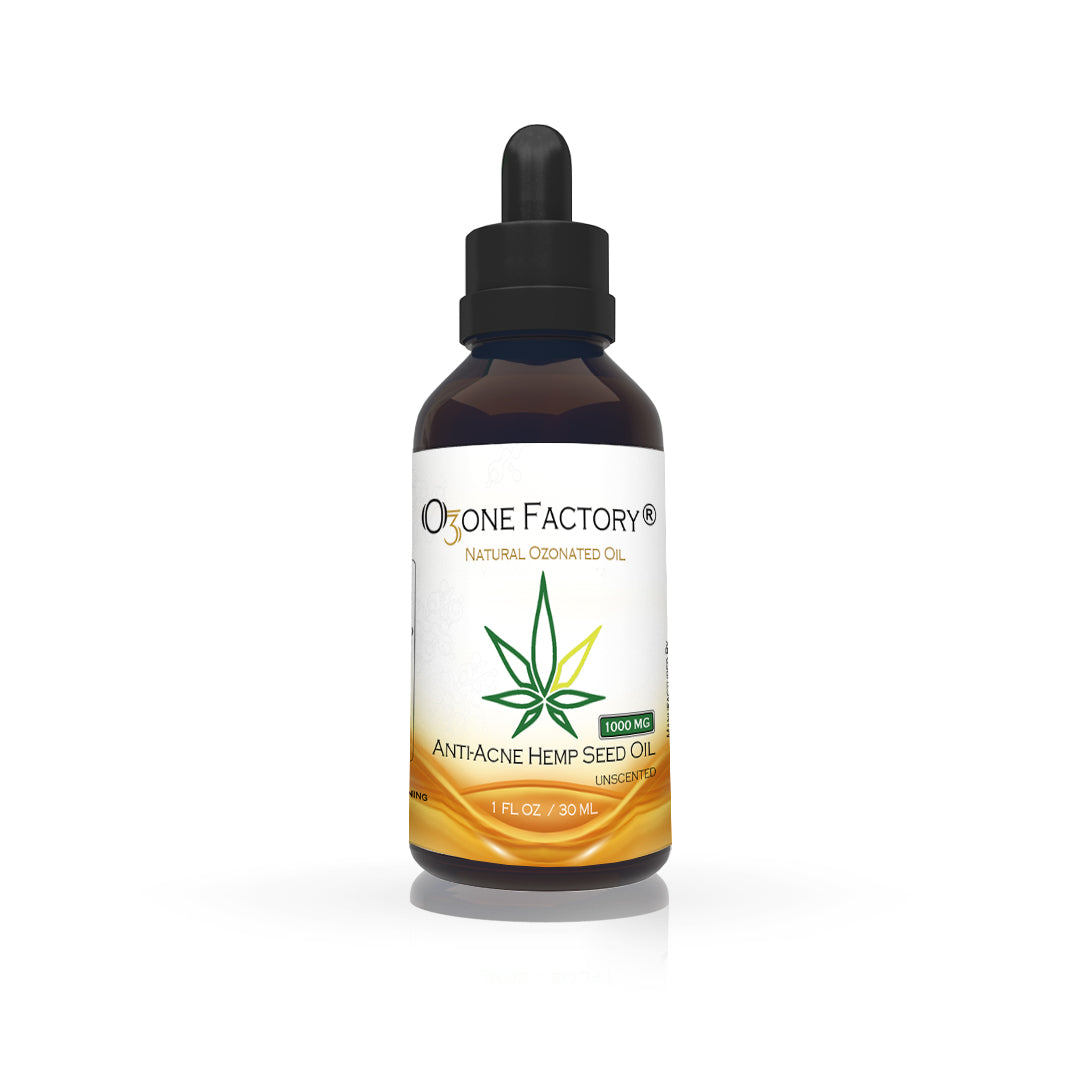
Inflammatory diseases of the middle ear include a broad range of pathological conditions, including acute otitis media (AOM; suppurative or nonsuppurative), bullous myringitis, granular myringitis, eosinophilic otitis media, and chronic suppurative otitis media (CSOM), with or without cholesteatoma. The range and complexity of the problems that can arise pose a challenge to the clinician, who sometimes has only subtle clues that lead to the discovery of extensive disease.

AOM is characterized by a short-lived infection (< 3 mo) that may be initially viral and then bacterial in origin. [3] Patients generally experience pain and some hearing loss and often develop a fever. Discharge from the ear usually accompanies this infection in patients with acute suppurative otitis media.
CSOM has traditionally been classified into safe ear disease and unsafe ear disease. Safe ear disease, sometimes called tubotympanic disease, is characterized as a central perforation of the pars tensa with the inflammatory process affecting the mucosa of the middle ear cleft. Unsafe ear disease, sometimes called atticoantral disease, is typified by a marginal perforation of the posterosuperior pars tensa or pars flaccida. Cholesteatoma is frequently present in CSOM with posterosuperior perforations. Partially due to induced bony erosion and secondary infection, cholesteatomas can lead to potentially devastating sequelae. Admittedly, all cases of CSOM, including those described above as safe, can be associated with serious intracranial complications. Therefore, the term safe does not adequately categorize any cases of CSOM.
CSOM can be more simply divided into mucosal disease and cholesteatoma. Mucosal disease is typified by a bacterial infection of the middle ear cleft with the presence of pus, associated with discharge through a pars tensa perforation, for longer than 3 months. Acquired cholesteatoma, usually arising from the pars flaccida skin, typically involves the epitympanum and the mastoid antrum and, as stated above, can be erosive, causing serious complications.
Eosinophilic otitis media is an intractable middle ear disease associated with bronchial asthma and nasal allergy that sometimes induces deterioration of sensorineural hearing loss. [5] How eosinophils accumulate in the middle ear has yet to be determined; active eosinophilic inflammation may occur in the entire respiratory tract, including the middle ear, in patients with this disease. EOM often produces a yellow and highly viscous middle ear effusion and can cause symptoms that range from prolonged hearing loss and otorrhea to sudden deafness. The middle ear symptoms are unresponsive to conventional treatments for otitis media and are instead treated with steroids.

How can you use olive ozonated oil for an ear infection?
While there's no scientific evidence that proves this treatment works, the American Academy of Pediatrics says it could be moderately effective on ear pain. Put a few drops of warm olive oil in the ear that's giving you trouble, like you would use ear drops. Olive oil or ear drops should not be used in people who have ear tubes or a ruptured ear drum.
When ozone is infused into the given carrier oil, the 3 molecule of oxygen reacts with the unsaturated fatty acids, resulting in a cascade of chemical reactions. This leads to the formation of organic hydrogen peroxides that are trapped in the oil.
Theses hydrogen peroxides act as oxidizing agents.
Bacteria are small single cell creatures. They have a body that is sealed by a relatively solid cell membrane. Active o3 (or ozone) interferes with the bacteria cell, by blocking the operation of the enzymatic control system. It breaks through the cell membrane, destroying the outer protein fatty shell of the organism. This ultimately leads to the destruction of the bacteria cell and the disinfection of any wound or lesion.
When applied in the ear, ozone oil acts as an all organic and natural anti-septic through the mechanism of oxidation of microorganisms. Ozone has the capacity to deliver active o2 within a wound, stimulating the healing processes of the body.







